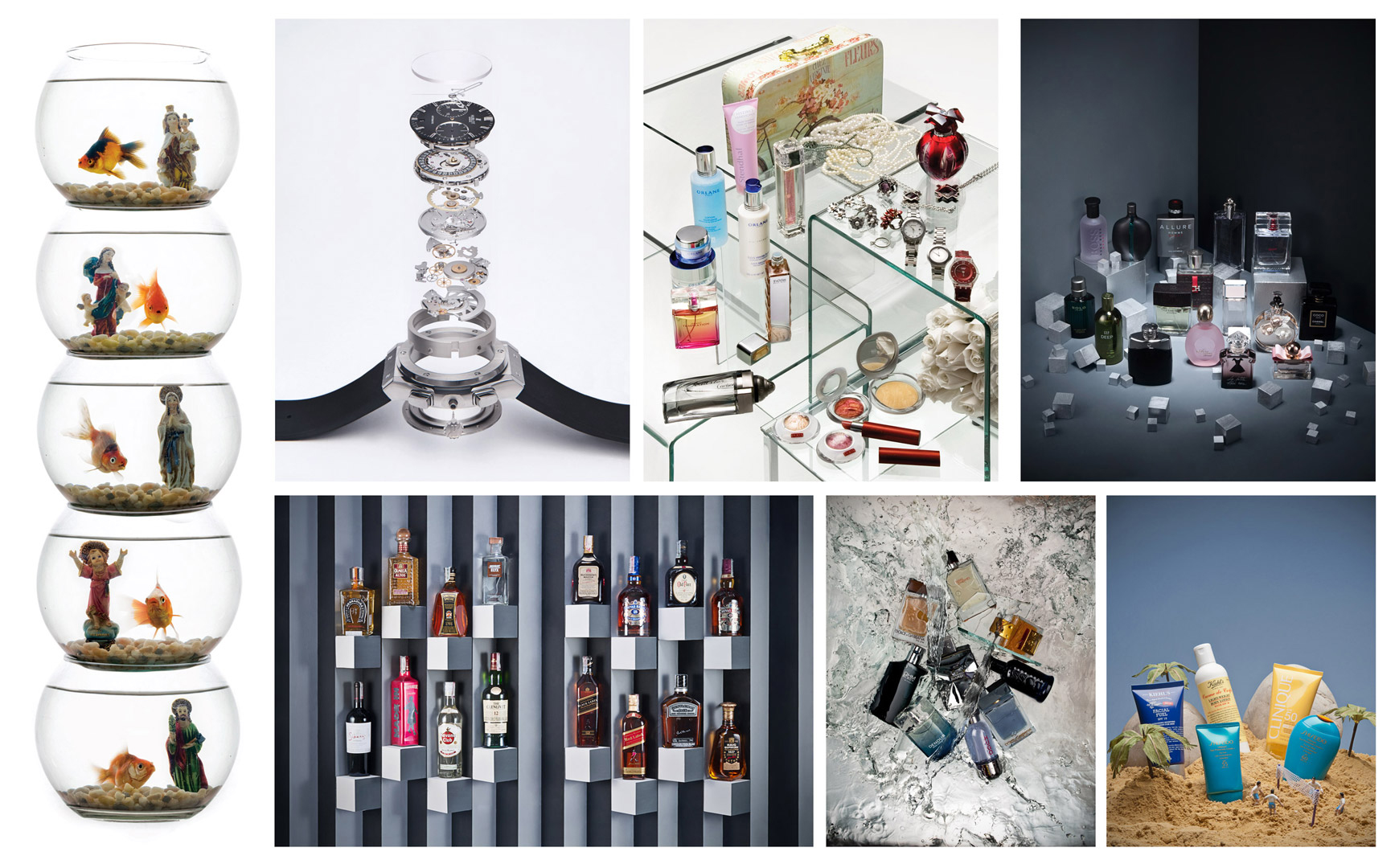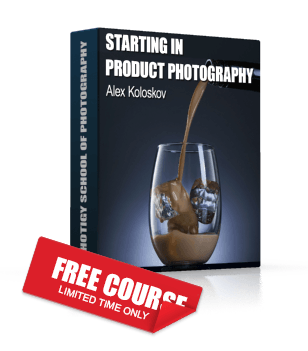Set designer and photographer Andrés Calderon,
Interview with professionals series

Any sufficiently advanced technology is indistinguishable from magic. Exactly that thought comes to you mind when you look at Andres Calderon works. As a set designer and photographer, Andres creates truly inspiring things literally out of nothing. We decided to interview him to find out some insights about set design.
Andrе́s, please tell about your background. Did you study photography somewhere?
I started my career as a graphic designer, obtaining my title back in 2007. At that time I was facing mostly clients for branding projects. I Decided then to start digital photography and got really amazed by the lighting ground and specially the product photography field. My career director proposed my name for an internship in a well known magazine in Colombia to start producing images for the lifestyle gazette. I Never went back to school as I found in the studio and the production field the next step in my learning path.
How did you meet set design? And why did you decide to do it?
What are the main functions of set designer?
The main purpose of a set designer is to give a context that will support an idea, a product or a character. He must recognize the main idea as a map to explore and develop solutions for the story to be told and most of all understood by the final viewer. His or her skills must be proved in several fields, such as material knowledge, finishing techniques, gathering and developing props, scale and perspective concepts and even construction skills at least in wood for structural designs.
When you acting as set designer and do not manage lighting for a scene, how do you interact with photographer?
There’s a set designer that works hand by hand with a photographer. Both of them are hired to fulfill the need of clients to get some message/product to audiences they want. Both of them must have their skills synced to solve problems in their own fields and to support and enhance the proposal making the idea come to life. In my case I’m both of them, supported with my team, we are always walking with the client showing him solutions while making their projects.
Where and how do you find necessary props?
In my case the work path became creating them. Specially for the scale of the products I most of the time work with. But I have some other providers as antique shops that can rent objects to me. I’ve always been very keen on crafts and furniture making. I work with several materials coming from wood, metal, plastic, paper, cardboard and looking forward to increase the list. I construct most of my scenarios from the surrounding spaces, props and furniture that will support the products and models in the shoot.
How much time do you spend to build a set?
I have now a team that works with me hand by hand, we now can construct sets on the studio while we’re working for example in product photography, or even dividing the space in order to construct the next shot scene while working in the finished space. Mainly because the studio is hired and we have a limited time to use it.
How many people work with you and what are they doing during preproduction and production parts? Do you often attract specialists from other spheres, not related with photography?
I have one complete time hired assistant, she manages logistic parts from material shopping, social tasks, briefing mounting and even crafts construction duties. She most of the time assumes the project manager spot, arranging time tables, emailing and making production lists. In construction stage both of us like to get our hands on the dirty job. In production stages I work with 6 other assistants that come to the studio to help in different fields and project sizes. When the move is big on art production I call two of them that are very helpful constructing while covering the lighting arrangement work. Special effects have been the sessions were I’ve called more people to collaborate. I remember once we were 25+ people involved, being 9 my main crew.
Please tell about negotiation with client. How do you prefer to work with people and find a right approach?
Negotiation is a hard part of this business, if not of life itself. We’re negotiating always. I’m not sure if I’m right on these part, but at least I’m comfortable right now. I don’t want to be the most expensive guy, but I don’t want to give my work as a gift either. From the beginning I start telling my clients that we have two spots to cover, the production expenses and the fees for every single person involved in the process. It’s hard to stick to a budget, specially if the brands that come after your work aren’t completely developed on their markets. But at the end of the day clients must be down to earth when we translate the production we can make with the money they have. We also have to optimize some functions to be competitive as well.
What the most common scenario to work with client? Where everything starts?
Most of the times they come referred from other satisfied clients, looking mainly for basic product photography shots. They purchase small sessions until they get to know our skills and start asking for greater editorial productions. We also have international clients that come after our talent referred by behance. Most of them gave us from the beginning complete liberty to construct set design proposals that became actual photoshoots for their brands.
Let’s say I want to work with professional set designer. How should I lead myself to achieve good collaboration and successful result?
I’ve never done it, but I would contact some one by email. Worst case scenario may be not getting an answer. In a way he/she should admire your work to take the chance to work with you. Some other times the problem would be the production budget, then it would be better to look after someone to work with while having a client that already covers that part. In those cases seeking personal work to build portfolio might be longer and I think that both professionals should be amazed with each others portfolio.
Connect with Andres
Portfolio:
Facebook:
www.facebook.com/andrescalderonphoto
Instagram:
www.instagram.com/andrescalderonphoto















